In the high-stakes world of European soccer, where precision, athleticism, and split-second decision-making define success, an intriguing trend has emerged: clubs across the continent often turn to American goalkeepers. Think of legends like Tim Howard, Brad Friedel, Kasey Keller, and more recently, players like Zack Steffen or Matt Turner. Why? It's not just about raw talent or opportunity—it's deeply rooted in their upbringing.
Many US goalies grow up playing multiple sports, from basketball and baseball to American football, honing skills that translate uniquely to the goalkeeper position. European scouts and coaches value this multi-sport background because it builds exceptional hand-eye coordination, agility, and spatial awareness—traits honed through diverse athletic experiences rather than early soccer specialization. For instance, the leaping ability from basketball or the throwing accuracy from baseball directly enhances a goalie's command of the box, making them adaptable and resilient under pressure.
Specialization in Youth Sports
This preference highlights a broader debate: Should young athletes specialize in one sport early, or diversify their experiences? As we dive into recent research from 2024 and 2025, we'll explore the benefits and drawbacks, including mental and physical advantages, and why this multi-sport approach might be key to long-term success.
The discussion around youth sports specialization versus multi-sport participation has intensified in recent years, fueled by concerns over burnout, injuries, and elite performance pathways. A 2025 review titled "The Pros and Cons of Youth Sports Participation" outlines how specialization—focusing intensely on one sport from a young age—can lead to short-term gains like skill mastery but often at a cost.
On the flip side, multi-sport athletes tend to develop broader athletic foundations, reducing overuse injuries and promoting lifelong activity. This echoes findings from a systematic review in the Scandinavian Journal of Medicine & Science in Sports, which analyzed data from thousands of youth and concluded that diversified sports participation correlates with better overall health outcomes into adulthood. However, negatives exist: multi-sport kids might lag in sport-specific skills initially, potentially missing out on elite team selections or scholarships if coaches prioritize specialized talent.
Injury Debate in Youth Multi-Sports
Recent studies emphasize the fallacy of "falling behind" in early specialization. The American Orthopaedic Society for Sports Medicine's 2024 update on early sport specialization (ESS) warns that it hinders motor development and increases overuse injury risks, such as stress fractures or tendonitis, by up to 70% in some cases. A University of California, San Francisco study from April 2024 found that kids specializing in one sport face more harm than good, with higher injury rates and dropout probabilities by age 13. Conversely, a 2025 piece in SportzWire on "The Impact of Sport Specialization Vs. Multi-Sport Participation" highlights how playing varied sports builds resilience, with athletes showing 20-30% lower injury incidence due to cross-training different muscle groups. The Aspen Institute's 2025 survey adds a sobering note: only 11% of sports parents believe their child can go pro, yet many push specialization, leading to unrealistic expectations and pressure.
Can Burnout Be Prevented?
Beneficial aspects dominate the narrative, particularly in building well-rounded athletes. A March 2025 article from Henry Ford Health stresses that multi-sport participation not only prevents burnout but also enhances overall athleticism. University Hospitals' 2024 blog concurs, noting reduced psychological stress and improved adaptability. Negatives include logistical challenges—scheduling conflicts, higher costs for multiple programs, and potential dilution of focus in a primary sport. Yet, a 2013 study revisited in recent discussions shows that 88% of college athletes played multiple sports as kids, suggesting long-term elite success favors diversification.
Why EU Soccer Teams Want American Goalies
Diving deeper into the EU soccer preference for US goalies, it's clear their multi-sport roots provide a competitive edge. In America, youth sports culture encourages trying basketball for jumping prowess or baseball for arm strength—skills that shine in goalkeeping. A 2014 USA Today analysis explains that Europeans stereotype Americans as great goalies due to this athletic versatility, giving US players opportunities abroad. A 2025 Facebook group post in youth soccer communities reinforces this: "The old theory was that cross-training with basketball, football, and baseball made goalkeeping an easier fit for the standard American athlete." This contrasts with European systems, where early academy specialization might overlook transferable skills from other sports. As a result, US goalies often bring a "multi-tool" athleticism, excelling in distribution, aerial duels, and quick reactions—traits honed outside soccer fields.
Mental Aspects for Youth in Multiple Sports
Beyond physical perks, there are compelling mental reasons for youth to play more than one sport. Specialization can lead to mental staleness and identity crises, where a child's self-worth ties solely to one activity. Multi-sport participation, however, fosters resilience and a balanced identity. A 2025 Henry Ford Health blog highlights decreased burnout as a key benefit, allowing time to recharge mentally. The USTA's advocacy for multi-sport play notes it limits burnout, encourages better social behaviors, and builds stronger individual identities. Studies from Saybrook University in 2024 show that team sports improve mental health scores, with 10-19% reductions in anxiety, depression, and social withdrawal. Exposure to varied coaches and teammates enhances communication and leadership, as per St. Francis High School's 2025 insights. A May 2025 Upswing Foundation article adds that sports release endorphins, reducing stress and boosting happiness, especially in diverse settings. Psychologically, switching sports keeps things fresh, preventing the fatigue that drives 70% of kids to quit by age 13, per Aspen Institute data. For young minds, this variety cultivates adaptability, crucial in an unpredictable world.
Why Cross-Training Provides Benefits
Physically, the advantages of playing multiple sports as a young athlete are equally profound. Cross-training develops diverse muscle groups, improving coordination, speed, and agility. An NSCA case study affirms that multi-sport youth are healthier, form better neural connections, and enjoy sports more, leading to sustained participation. University Hospitals reports reduced overuse injuries and burnout risks. Sanford Health's 2022 analysis, updated in recent discussions, notes improved sportsmanship and relationships from varied team dynamics. MU Health Care emphasizes benefits for growth plates and muscle recovery, allowing rest between seasons. St. Francis highlights enhanced physical performance and injury prevention. US Sports Camps data shows decreased injury rates and better overall wellness. The Player Development Project stresses fundamental movement skills for lifelong activity. In essence, multi-sport play creates versatile bodies less prone to breakdown.
Pressure From Parents
What's missing in this discussion? Parental and coaching pressures often push specialization, ignoring data showing 97% of youth athletes won't go pro. We should consider equity: not all kids access multiple sports due to costs or geography, exacerbating divides. Examples from other fields, like NBA stars (e.g., LeBron James playing football) or Olympians (many track athletes from soccer backgrounds), reinforce transferability. Long-term, multi-sport kids report higher life satisfaction and activity levels in adulthood. Gender differences matter too—girls may benefit more from diversification to combat dropout rates. Finally, emerging tech like wearables can track loads, but human elements like fun remain paramount.
The Path Your Child Chooses
In conclusion, while specialization has its place for elite paths, the evidence tilts toward multi-sport participation for most youth. From US goalies thriving in Europe to reduced injuries and mental boosts, diversification builds resilient, joyful athletes. Parents and coaches: encourage variety—your child's future self will thank you.


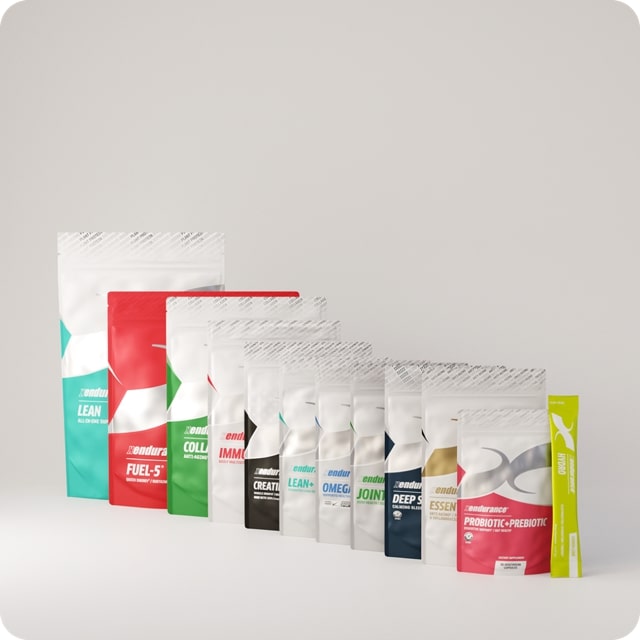
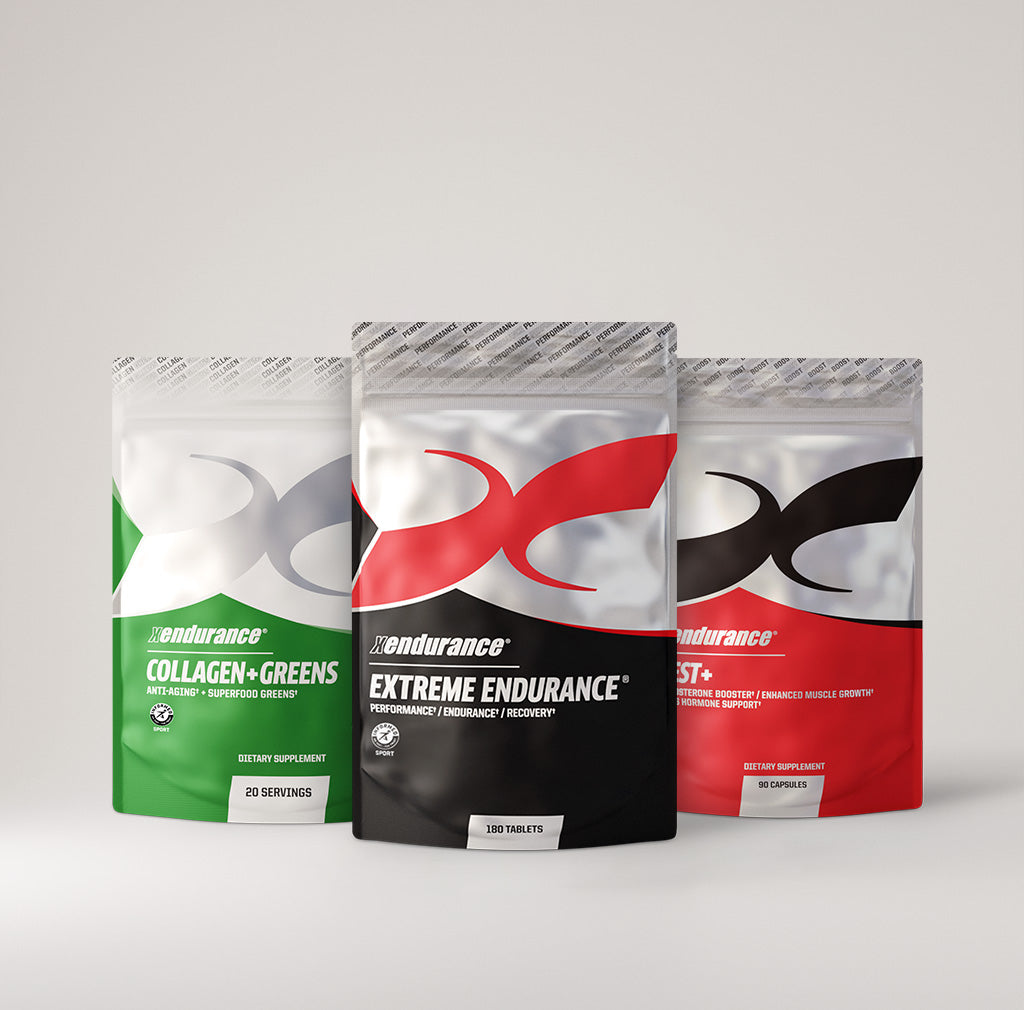
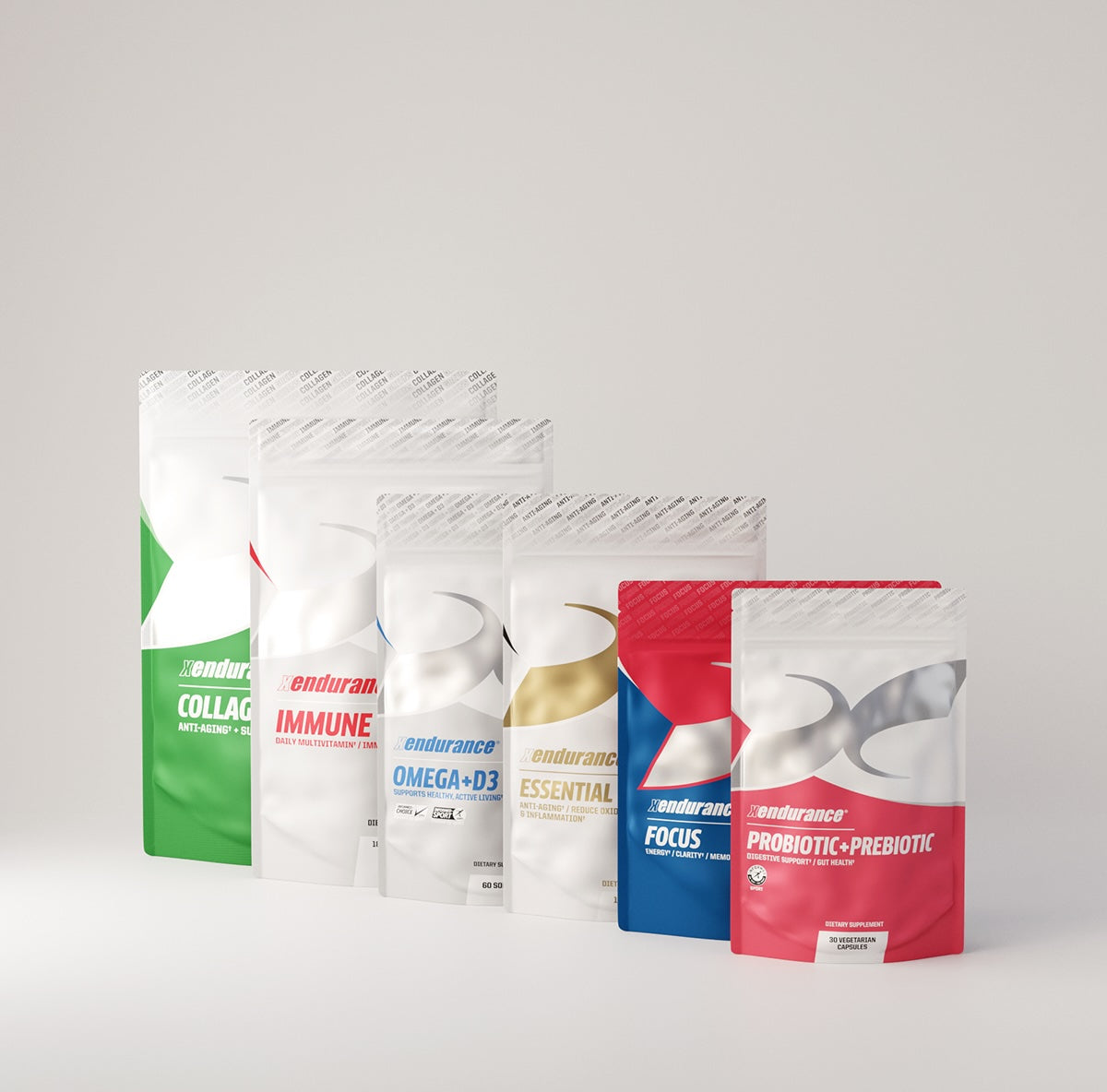
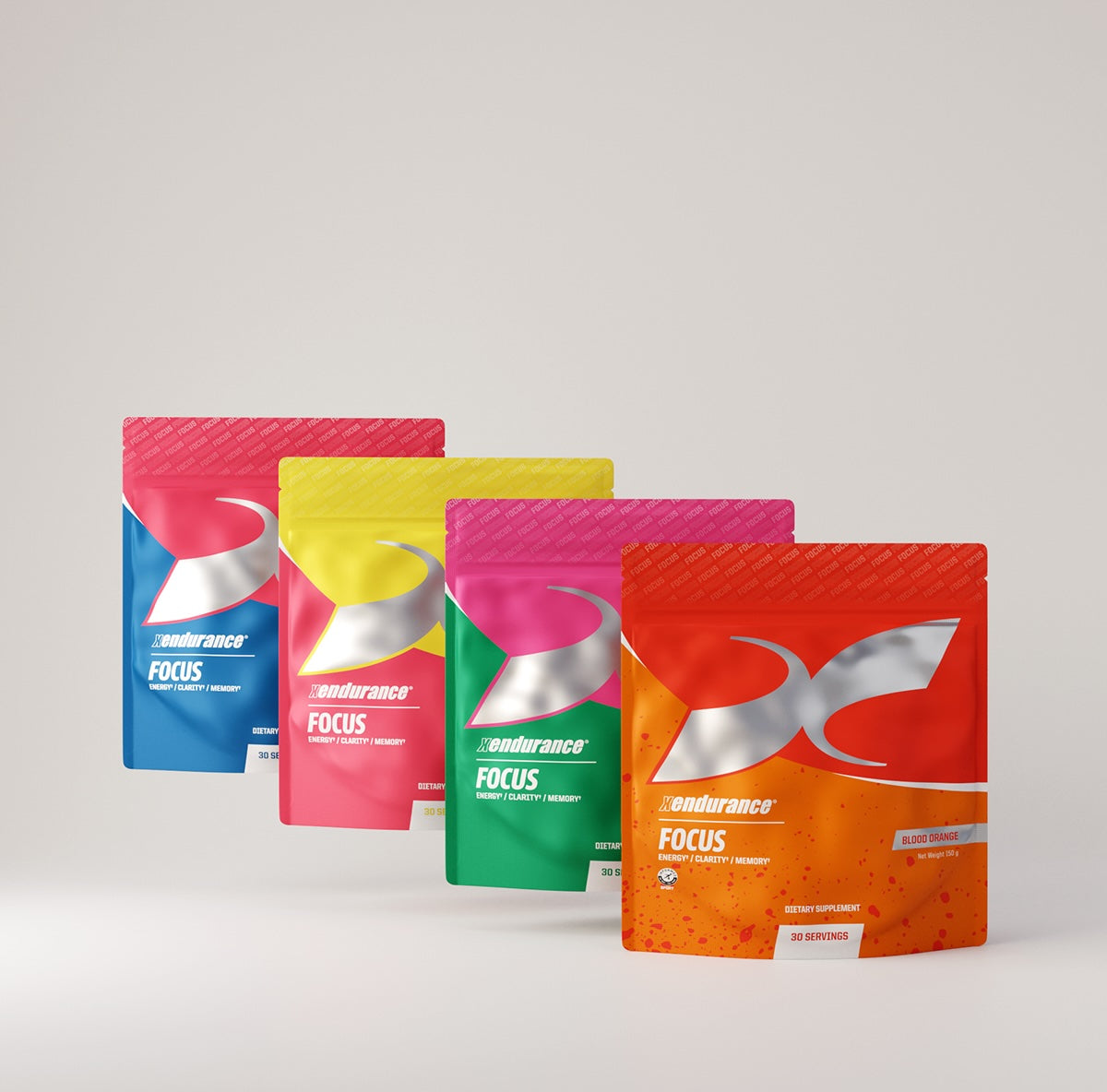
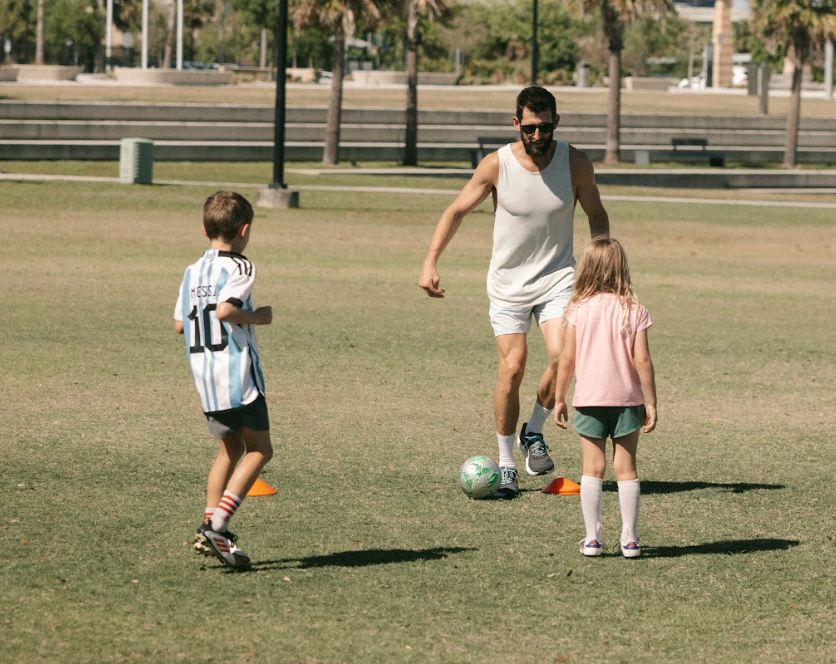


コメントを書く
このサイトはhCaptchaによって保護されており、hCaptchaプライバシーポリシーおよび利用規約が適用されます。